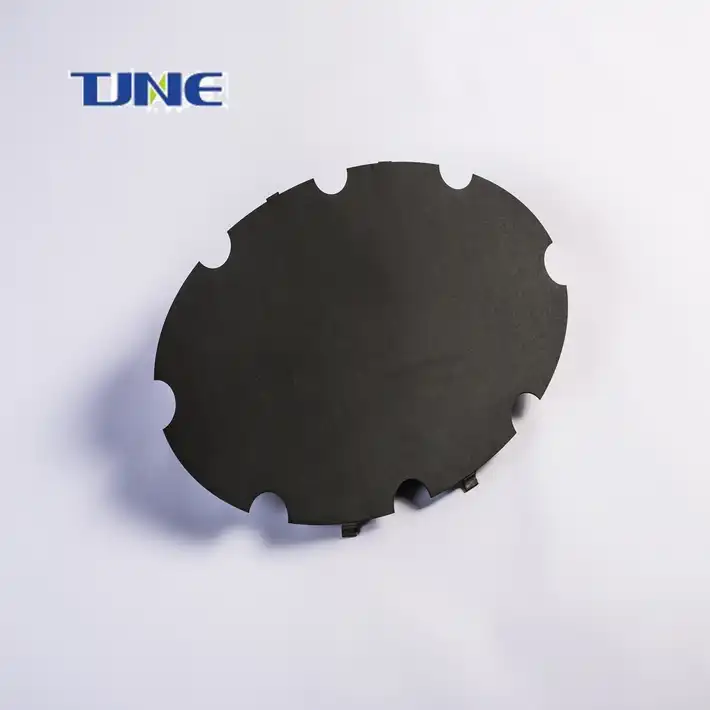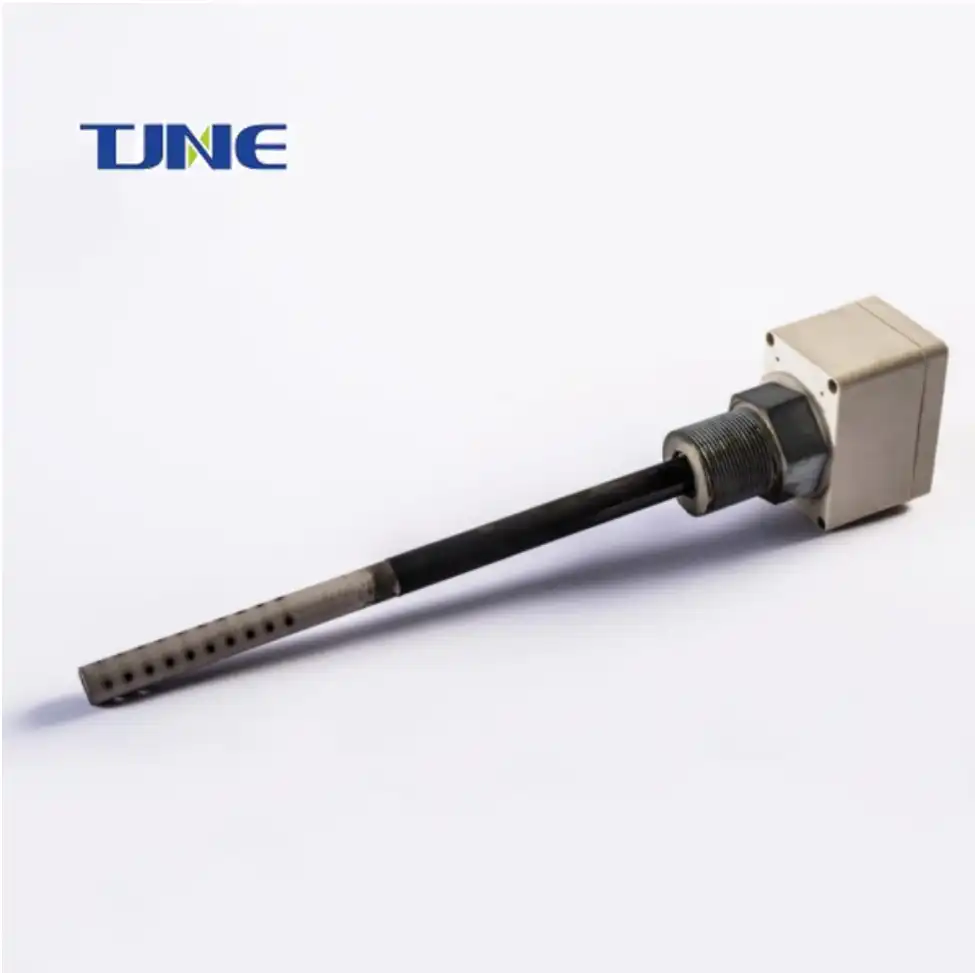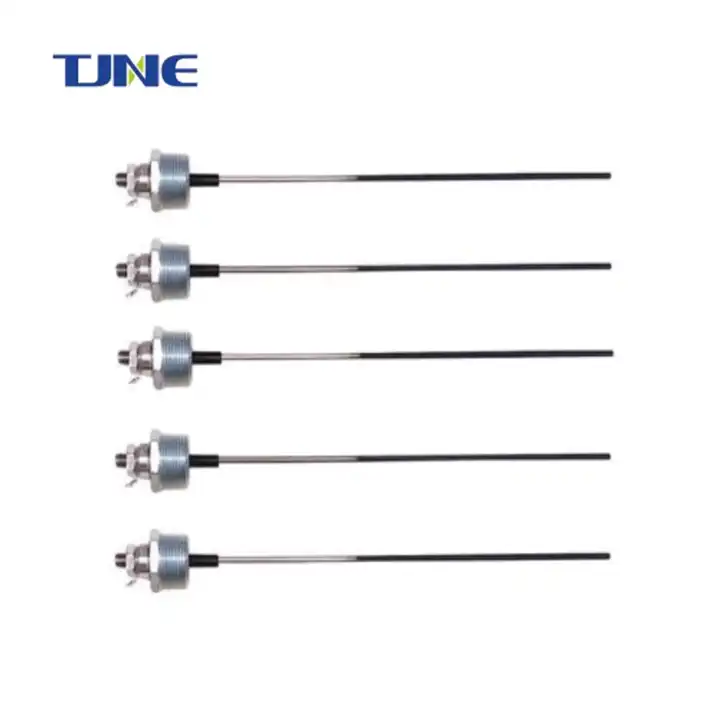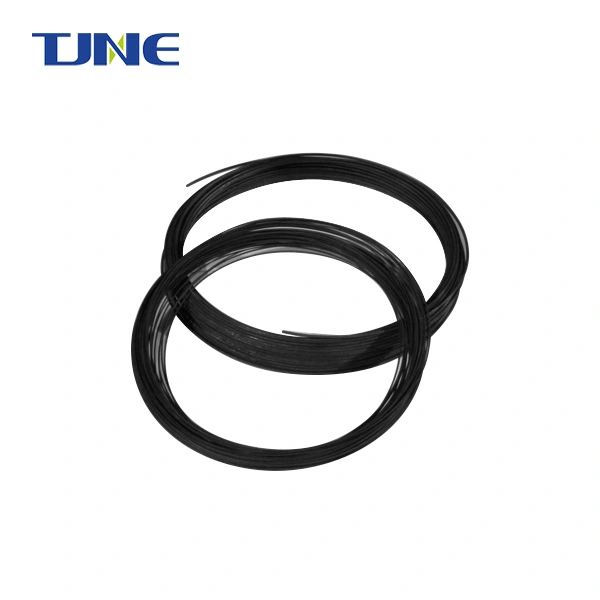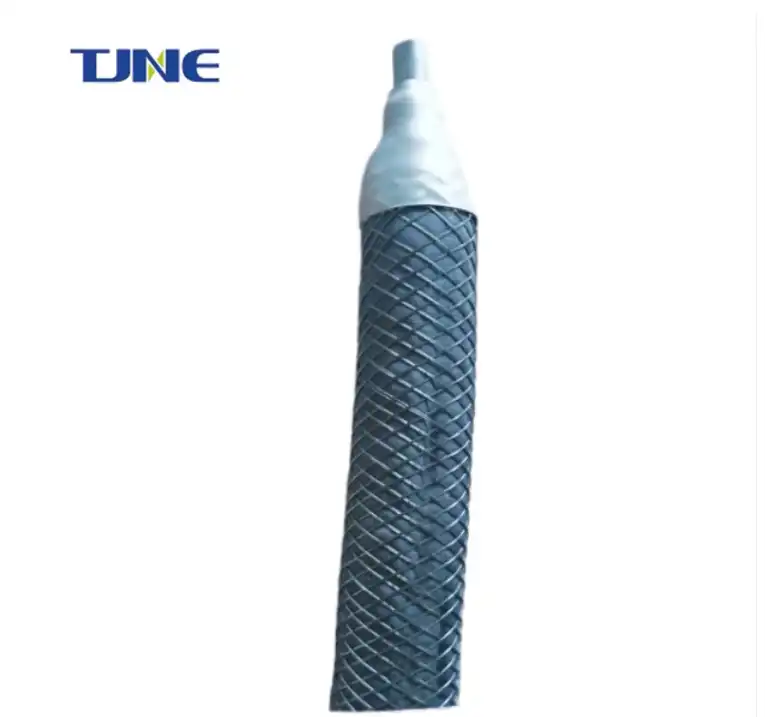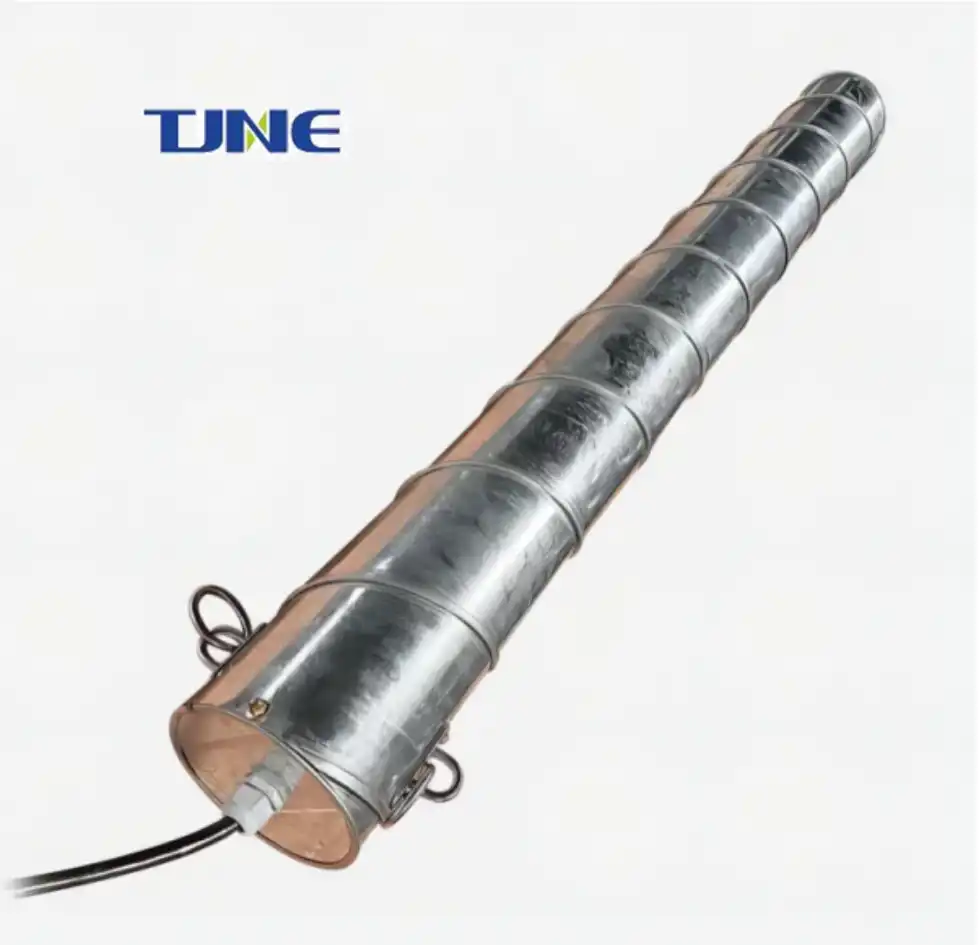- English
- French
- German
- Portuguese
- Spanish
- Russian
- Japanese
- Korean
- Arabic
- Greek
- German
- Turkish
- Italian
- Danish
- Romanian
- Indonesian
- Czech
- Afrikaans
- Swedish
- Polish
- Basque
- Catalan
- Esperanto
- Hindi
- Lao
- Albanian
- Amharic
- Armenian
- Azerbaijani
- Belarusian
- Bengali
- Bosnian
- Bulgarian
- Cebuano
- Chichewa
- Corsican
- Croatian
- Dutch
- Estonian
- Filipino
- Finnish
- Frisian
- Galician
- Georgian
- Gujarati
- Haitian
- Hausa
- Hawaiian
- Hebrew
- Hmong
- Hungarian
- Icelandic
- Igbo
- Javanese
- Kannada
- Kazakh
- Khmer
- Kurdish
- Kyrgyz
- Latin
- Latvian
- Lithuanian
- Luxembou..
- Macedonian
- Malagasy
- Malay
- Malayalam
- Maltese
- Maori
- Marathi
- Mongolian
- Burmese
- Nepali
- Norwegian
- Pashto
- Persian
- Punjabi
- Serbian
- Sesotho
- Sinhala
- Slovak
- Slovenian
- Somali
- Samoan
- Scots Gaelic
- Shona
- Sindhi
- Sundanese
- Swahili
- Tajik
- Tamil
- Telugu
- Thai
- Ukrainian
- Urdu
- Uzbek
- Vietnamese
- Welsh
- Xhosa
- Yiddish
- Yoruba
- Zulu
Selecting the appropriate Mixed Metal Oxide (MMO) Titanium Probe Anode is crucial for ensuring optimal performance and longevity in various electrochemical applications. These anodes are widely used in cathodic protection systems due to their excellent durability and efficiency. This guide will help you navigate the selection process, considering key factors that influence the performance of MMO Titanium Probe Anodes in different environments and applications.
What are the key factors to consider when choosing an MMO Titanium Probe Anode?
When selecting an MMO Titanium Probe Anode, several critical factors must be taken into account to ensure optimal performance and longevity in your specific application. These factors include:
a) Operating Environment: The environment in which the anode will be used plays a significant role in determining the most suitable type. Consider factors such as pH levels, temperature, and the presence of specific chemicals or contaminants. For instance, in highly acidic or alkaline environments, you may need anodes with specialized coatings to withstand corrosion.
b) Current Density Requirements: The current density your application requires is a crucial factor in anode selection. MMO Titanium Probe Anodes are designed to operate within specific current density ranges. Exceeding these ranges can lead to accelerated wear and reduced lifespan. Conversely, operating below the recommended range may result in suboptimal performance. Consult with manufacturers or experts to determine the appropriate current density for your application.
c) Anode Dimensions: The size and shape of the anode are important considerations. The dimensions should be suitable for the available space in your system and provide adequate surface area for the required current output. Larger anodes generally have lower current densities and longer lifespans, but they may not be practical in all applications due to space constraints.
d) Coating Composition: MMO Titanium Probe Anodes feature various coating compositions, each optimized for specific applications. Common coating materials include iridium oxide, ruthenium oxide, and tantalum oxide, often in combination. The choice of coating affects factors such as chlorine evolution efficiency, oxygen evolution, and overall anode lifespan. Research the coating options available and consult with manufacturers to determine the best fit for your needs.
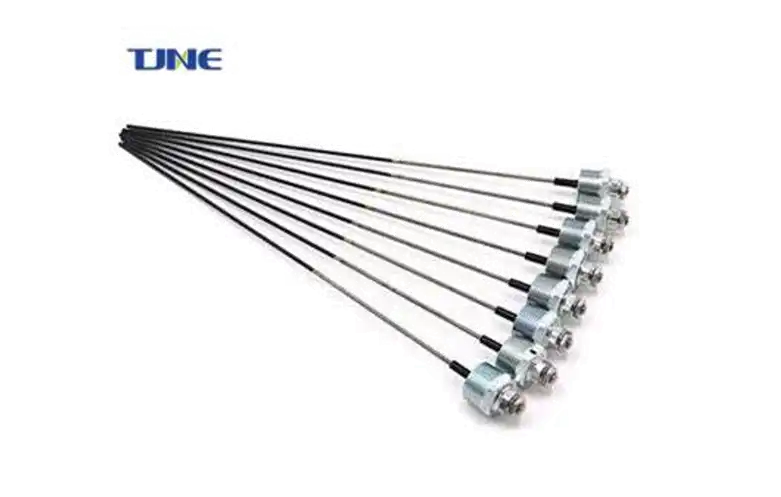
e) Expected Lifespan: Consider the desired operational life of the anode in your application. Some anodes are designed for long-term use in permanent installations, while others may be more suitable for shorter-term or replaceable applications. Factor in the costs associated with anode replacement and system downtime when making your selection.
By carefully considering these factors, you can make an informed decision when selecting an MMO Titanium Probe Anode that will meet the specific requirements of your application, ensuring optimal performance and longevity.
How do MMO Titanium Probe Anodes compare to other anode materials in cathodic protection systems?
MMO Titanium Probe Anodes have gained significant popularity in cathodic protection systems due to their unique properties and advantages over traditional anode materials. To understand their position in the market, it's essential to compare them with other common anode materials:
a) Graphite Anodes:
Graphite anodes have been widely used in cathodic protection systems for many years due to their low cost and availability. However, they have several limitations compared to MMO Titanium Probe Anodes:
- Consumption Rate: Graphite anodes have a higher consumption rate, meaning they need to be replaced more frequently. This results in higher long-term maintenance costs and system downtime.
- Current Output: Graphite anodes typically have lower current output capabilities compared to MMO Titanium Probe Anodes, which may require the installation of more anodes to achieve the desired protection level.
- Fragility: Graphite anodes are more brittle and susceptible to physical damage during installation and operation.
In contrast, MMO Titanium Probe Anodes offer:
- Longer Lifespan: They have a significantly lower consumption rate, resulting in a longer operational life.
- Higher Current Output: MMO anodes can handle higher current densities, allowing for more efficient protection with fewer anodes.
- Durability: The titanium substrate provides excellent mechanical strength and resistance to physical damage.
b) High Silicon Cast Iron (HSCI) Anodes:
HSCI anodes are another common choice in cathodic protection systems, particularly in soil and freshwater applications. Comparing them to MMO Titanium Probe Anodes:
- Weight: HSCI anodes are significantly heavier, which can make installation more challenging, especially in deep well applications.
- Consumption Rate: While HSCI anodes have a lower consumption rate than graphite, they still wear faster than MMO Titanium Probe Anodes.
- Versatility: HSCI anodes are limited in their application range and are not suitable for all environments.
MMO Titanium Probe Anodes offer advantages such as:
- Lightweight Design: Easier to transport and install, particularly in deep or remote locations.
- Extended Lifespan: Lower consumption rate translates to longer operational life and reduced maintenance.
- Versatility: Suitable for a wide range of environments, including soil, freshwater, and seawater applications.
c) Platinum-Clad Anodes:
Platinum-clad anodes are known for their excellent performance but come with significant drawbacks:
- Cost: Platinum is an extremely expensive material, making these anodes cost-prohibitive for many applications.
- Limited Availability: The scarcity of platinum can lead to supply chain issues and long lead times.
- Fragility: The thin platinum coating can be easily damaged, compromising the anode's performance.
MMO Titanium Probe Anodes provide a more balanced solution:
- Cost-Effectiveness: While not as cheap as graphite, they offer a much more affordable alternative to platinum-clad anodes with comparable performance.
- Availability: The materials used in MMO anodes are more readily available, ensuring consistent supply.
- Durability: The MMO coating is more resilient than thin platinum cladding, providing better protection against damage.
d) Ceramic Anodes:
Ceramic anodes, such as those made from titanium suboxides, offer some unique properties:
- High Stability: Ceramic anodes are highly stable in various environments.
- Low Consumption Rate: They typically have very low consumption rates.
- Limited Conductivity: Ceramic anodes often have lower conductivity compared to metallic anodes.
MMO Titanium Probe Anodes offer a combination of benefits:
- Excellent Stability: The MMO coating provides high stability similar to ceramic anodes.
- High Conductivity: The titanium substrate ensures excellent electrical conductivity.
- Customizable Properties: The MMO coating can be tailored to specific application requirements.
In summary, MMO Titanium Probe Anodes offer a unique combination of benefits that make them superior to many traditional anode materials in cathodic protection systems. Their long lifespan, high current output capabilities, durability, and versatility make them an excellent choice for a wide range of applications. While they may have a higher initial cost compared to some materials like graphite, their long-term performance and reduced maintenance requirements often result in a lower total cost of ownership. As technology continues to advance, MMO Titanium Probe Anodes are likely to remain at the forefront of cathodic protection solutions, offering reliable and efficient performance across various industries and environments.
What are the best practices for installing and maintaining MMO Titanium Probe Anodes?
Proper installation and maintenance of MMO Titanium Probe Anodes are crucial for ensuring optimal performance and longevity in cathodic protection systems. Following best practices not only extends the life of the anodes but also maximizes the effectiveness of the entire protection system. Here are key considerations and recommendations for installation and maintenance:
Installation Best Practices:
a) Site Preparation:
- Conduct a thorough site survey to determine the optimal locations for anode placement.
- Ensure the installation area is clean and free from debris that could interfere with anode performance.
- For buried anodes, prepare the soil with appropriate backfill material to ensure good electrical contact and drainage.
b) Handling and Transportation:
- Handle MMO Titanium Probe Anodes with care to avoid damaging the coating.
- Use appropriate packaging and cushioning during transportation to prevent physical damage.
- Avoid exposing the anodes to extreme temperatures or harsh chemicals during storage and transport.
c) Electrical Connections:
- Use high-quality, corrosion-resistant cables and connectors for all electrical connections.
- Ensure all connections are tight and properly insulated to prevent moisture ingress.
- Implement proper grounding techniques to minimize interference and ensure safety.
d) Spacing and Orientation:
- Follow manufacturer guidelines for proper spacing between anodes to achieve optimal current distribution.
- Orient anodes correctly to maximize their effective surface area and current output.
- Consider using anode centralizers in deep well applications to maintain proper positioning.
e) Environmental Protection:
- Implement appropriate measures to protect anodes from physical damage, such as using protective housings or guards.
- In marine environments, consider using anti-fouling coatings or protective meshes to prevent marine growth on the anodes.
Maintenance Best Practices:
a) Regular Inspections:
- Establish a routine inspection schedule based on the operating environment and system criticality.
- Visually inspect anodes for signs of physical damage, corrosion, or coating degradation.
- Check electrical connections for tightness and signs of corrosion or degradation.
b) Performance Monitoring:
- Implement a monitoring system to track anode current output and system potentials.
- Use remote monitoring technologies where possible to enable real-time performance tracking and early problem detection.
- Keep detailed records of anode performance and any observed changes over time.
c) Cleaning and Debris Removal:
- Regularly clean anodes to remove any accumulated debris or marine growth that could impede performance.
- Use gentle cleaning methods to avoid damaging the MMO coating.
d) Electrical Measurements:
- Conduct regular potential surveys to ensure the cathodic protection system is providing adequate protection.
- Measure individual anode currents to identify any anodes that may be underperforming or nearing the end of their service life.
- Perform AC and DC interference testing to identify any external factors affecting system performance.
By following these installation and maintenance best practices, operators can significantly extend the life of their MMO Titanium Probe Anodes and ensure optimal performance of their cathodic protection systems. Regular monitoring, proactive maintenance, and adherence to manufacturer guidelines are key to maximizing the return on investment in these advanced anode technologies. As the field of cathodic protection continues to evolve, staying informed about the latest developments and best practices will be crucial for maintaining effective and efficient protection systems across various industries and applications.
Conclusion
Selecting the right MMO Titanium Probe Anode for your application requires careful consideration of various factors, including the operating environment, current density requirements, and specific application needs. By understanding the unique advantages of MMO Titanium Probe Anodes compared to other materials and following best practices for installation and maintenance, you can ensure optimal performance and longevity of your cathodic protection system. As technology continues to advance, these anodes remain at the forefront of efficient and reliable electrochemical solutions across a wide range of industries.
If you are interested in the products of Xi'an Taijin New Energy Technology Co., Ltd., please contact yangbo@tjanode.com.
References:
1. NACE International. (2013). Cathodic Protection - Tester. Houston, TX: NACE International.
2. Revie, R. W., & Uhlig, H. H. (2008). Corrosion and corrosion control: an introduction to corrosion science and engineering. John Wiley & Sons.
3. Baeckmann, W. V., Schwenk, W., & Prinz, W. (1997). Handbook of cathodic corrosion protection. Gulf Professional Publishing.
4. Bushman, J. B. (2001). Galvanic anode cathodic protection system design. NACE International.
5. Cicek, V. (2014). Cathodic protection: industrial solutions for protecting against corrosion. John Wiley & Sons.
6. Schweitzer, P. A. (2009). Fundamentals of corrosion: mechanisms, causes, and preventative methods. CRC Press.
7. Roberge, P. R. (2008). Corrosion engineering: principles and practice. McGraw-Hill Education.
8. Peabody, A. W. (2001). Control of pipeline corrosion. NACE International.
9. Lazzari, L., & Pedeferri, P. (2006). Cathodic protection. Polipress.
10. Von Baeckmann, W., Schwenk, W., & Prinz, W. (1997). Handbook of cathodic corrosion protection. Gulf Professional Publishing.
Related Industry Knowledge
- Why MMO Titanium Probe Anodes Are Essential for Advanced Corrosion Protection?
- Why Are MMO Wire Anodes a Game-Changer in Corrosion Protection?
- Why Are MMO/Ti Flexible Anodes the Future of Corrosion Protection?
- What Makes MMO Tubular Titanium Anodes a Revolutionary Choice for Electrochemical Applications?
- Harnessing the Power of Innovation: The Role of MMO Anode Plates in Modern Electrochemistry
- Electrochemical Evolution: The Advanced Applications of MMO Belts
- The Protective Power of MMO Ribbon Anodes: A Deep Dive into Cathodic Protection
- What Is an MMO Anode Plate and How Does It Function in Electrochemical Processes?






